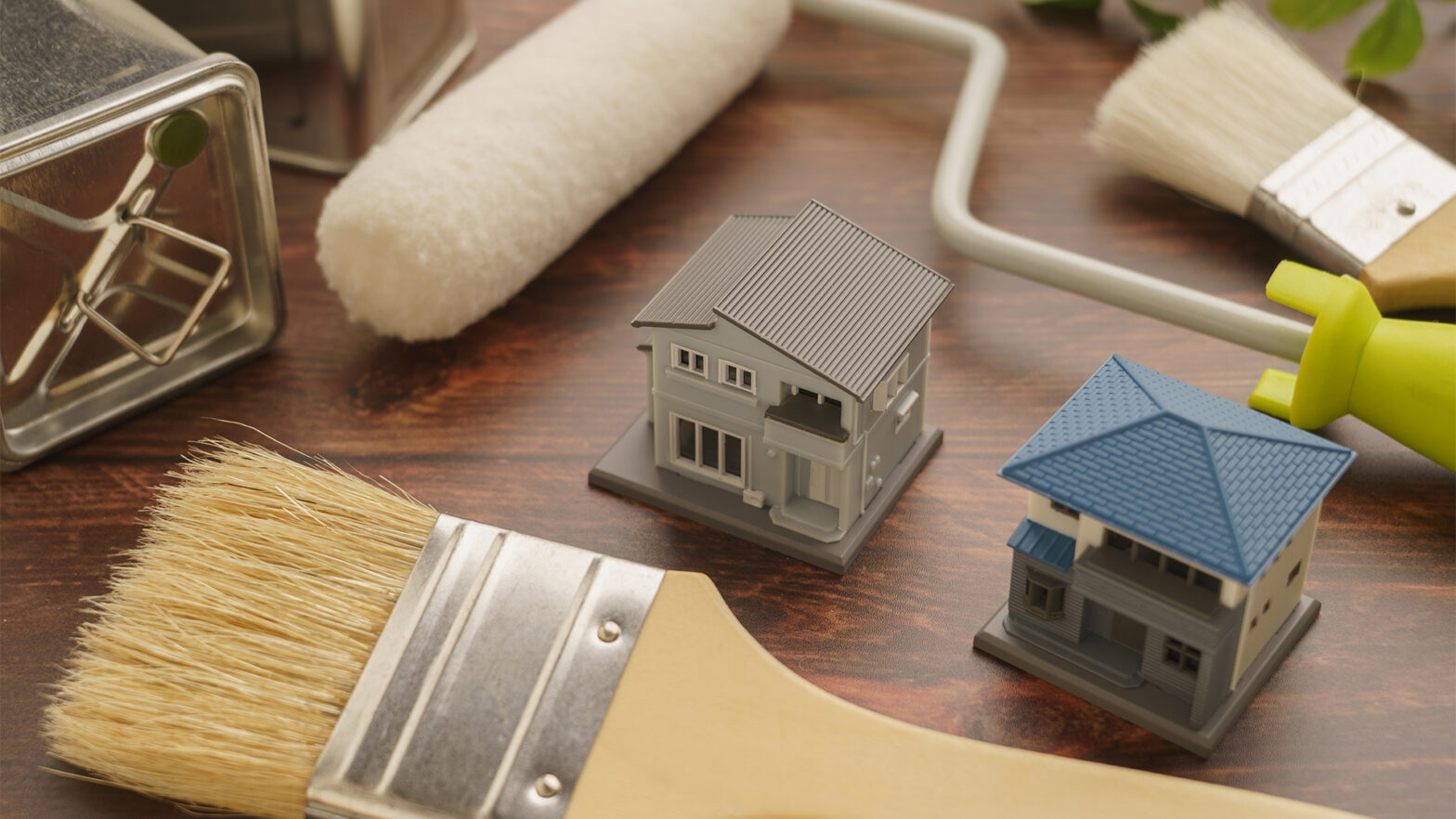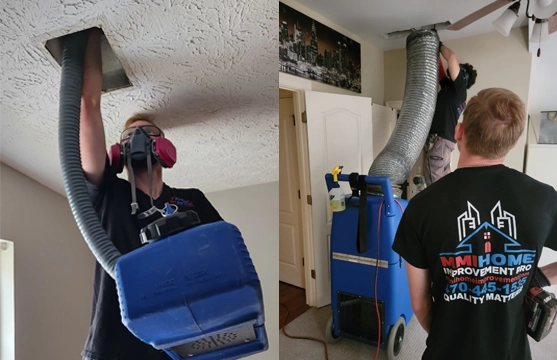Smart homes are no longer a dream reserved for the future. They’re very much real, and homeowners enjoy their perks daily. Smart devices are getting more popular each day, ranging from smart TVs and speakers to doorbells and thermostats. They’re convenient and efficient and even add a luxurious feel to each interior. But how safe are they? The truth is that any smart device, if not protected, can serve as a portal for bad actors to exploit your home.
What Are the Common Risks of Smart Devices?
Understanding the cybersecurity risks that come with smart devices is the first step in ensuring your safety. These are the most common ones:
Data Breaches
Smart devices collect huge amounts of personal data, including user behavior, location, and even sensitive financial information. Hackers find this data extremely valuable, so they’re constantly looking for vulnerabilities in the Internet of Things (IoT) connections. If your data gets compromised, it can be used for identity theft and financial fraud or end up on sale on the dark web.
Hacking and Ransomware
Smart home gadgets generally lack the security measures needed to resist unauthorized access. Once a bad actor gains access to one device, they can control others connected to the same network. A famous example is the incident in 2019 that involved the hacking of Nest cameras. Bad actors exploited the cameras’ microphones and speakers to communicate with homeowners. Hackers have also used ransomware to lock people out of their devices and demand money to let them back in.
Distributed Denial of service (DDoS)
A DDoS attack is a cyberattack that aims to prevent homeowners from accessing a device or network resource. It works by temporarily or permanently disrupting the services of a host connected to the internet. These cyberattacks are particularly challenging to counter since the flood of traffic aimed at a single device comes from a variety of different places. DDoS attacks are on the rise, mostly because IoT devices aren’t secure enough.
Vulnerabilities in Software
Smart home devices often have outdated or poorly designed software. Hackers can exploit these vulnerabilities to gain access to the device or the entire home network.
Famous Examples of Cyberattacks on Smart Devices
Here are two real-life examples of cyberattacks on smart devices:
Mirai Botnet Attack (2016): In 2016, the Mirai botnet struck hundreds of thousands of devices, including smart cameras and routers. It was one of the most well-known cyberattacks involving IoT devices. This botnet used infected devices to launch high-scale DDoS attacks that shut down popular sites and services like Netflix and Twitter. The attack was successful because of default factory passwords.
Ring Camera Hack (2019): In 2019, hackers were able to gain access to a family’s Ring camera. They took advantage to terrorize the owners and speak to their children through the camera’s speaker. The hackers succeeded in the attack because the family had used weak passwords and reused login credentials. Since then, the Ring has implemented stronger security measures. However, the incident shocked and terrified a lot of homeowners and served as a wake-up call for them to start paying more attention to cybersecurity measures.
How to Protect Your Smart Home
While these cybersecurity threats are troubling, you can implement specific cybersecurity measures to protect your home for good:
Install a VPN
One of the most effective ways to secure your smart home is to encrypt your data with a virtual private network (VPN).Installing a VPN for your smart TV and other devices can grant you a secure and private connection. This way, hackers won’t be able to target your network. A VPN masks your IP address, making it more difficult for unauthorized users to find and target your devices. For passionate streamers, a VPN can help to access geo-blocked content on legal platforms and stream hours of endless entertainment.
Strong Passwords
This is a very simple and effective step that can protect your smart home devices for years. Forget reusing the same passwords and create several strong and unique ones for each of your devices. They’re harder to breach that way. To make them more complex, include various characters like numbers, capital letters, and symbols. If you have trouble remembering them all, don’t worry because you can use a password manager to keep track and store your passwords securely. For more information on reliable password managers, check out this NordPass review, which highlights its features and security benefits.
Regular Updates
Updating your devices with the newest security patches released by their manufacturers stops bad actors from exploiting existing vulnerabilities. A good idea is to set reminders to check for updates or enable automatic updates when possible.
Multi-Factor Authentication
Through multi-factor authentication, users are required to have another step, in addition to a username and a password, to gain access to their accounts. This factor can be a code sent to their phone, a fingerprint, or a retina scan. The additional proof of identity prevents access to bad actors.
Secure Your Home Network
First, secure your Wi-Fi network with a strong password. Next, ensure you’re using the highest security protocol. While WPA2 is usually the safest option, more recent routers support the far better WPA3 standard. Additionally, you should set up a separate network just for your smart devices. This is a great feature of many routers. It allows you to create a guest network that helps separate IoT devices from personal ones like smartphones or computers. As a result, even if your smart device is compromised, hackers won’t gain access to your personal data.
Monitor Your Devices’ Activities
You should monitor your smart devices regularly. Make it a habit to check their activity logs to spot any unusual behavior or unauthorized access early on. Regular checks allow you to take action immediately and avoid a bigger problem in the future.
Check the Vendor’s Reputation
Vendors have vulnerabilities and defects, but some are quicker to fix bugs and release updates than others. Some might try to deny that there’s a problem with their devices and never offer a solution. Research different vendors before investing in a smart device for your safety.
Smart Home, Smart Owner
Investing in smart devices also means taking good care of them. Since these devices can be vulnerable to cyber threats, you must do your best to implement the latest security measures. Keeping your smart home safe will give you peace of mind and allow you to use all of your devices with confidence.
































